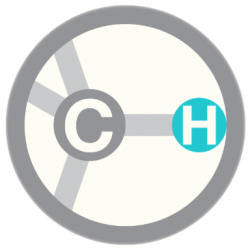Authors: Huw M. L. Davies and Simon J. Hedley
Chem. Soc. Rev.,
2007, 36, 1109-1119
This tutorial review describes the reactions of the electron-rich heterocycles pyrrole, furan, indole and benzofuran with copper and rhodium carbenoids. Two main reaction pathways are possible, involving either a concerted non-synchronous cyclopropanation or zwitterionic intermediates. A diverse range of products are possible and the outcome is very dependent on the structure of the heterocycle and the carbenoid. To emphasize this point the carbenoids are considered in terms of three classes: acceptor, acceptor–acceptor and donor–acceptor carbenoids. Unusual catalytic asymmetric transformations can be achieved with this chemistry while the asymmetric induction is strongly influenced by how the carbenoid can approach the heterocycles. This tutorial review gives an overview of the general features that govern the chemistry of metal carbenoids with heterocycles and presents a mechanistic rationale for the range of products that can be formed.


